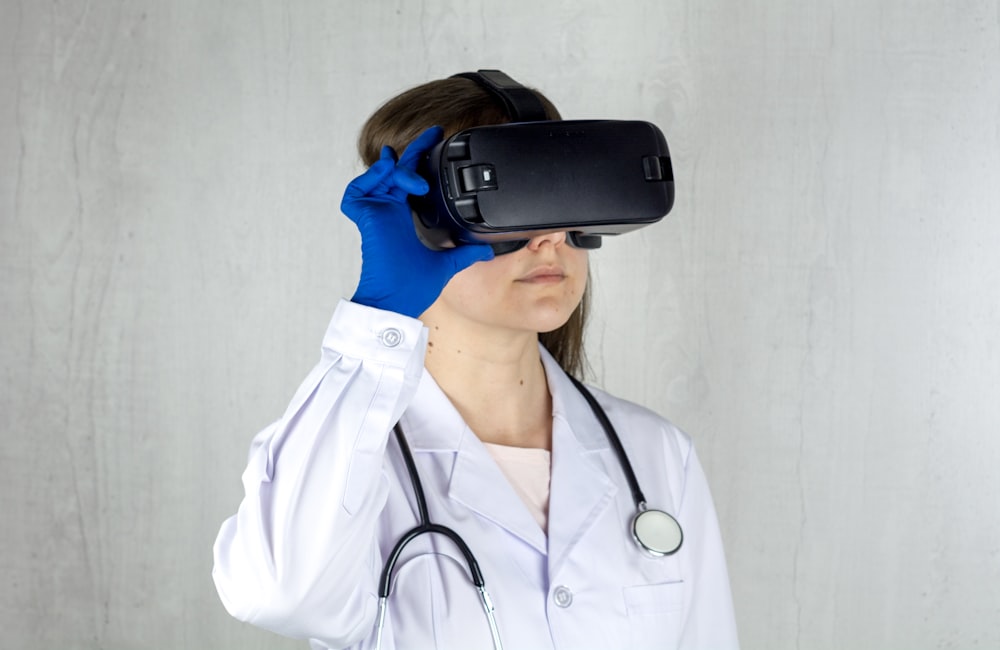
Revolutionizing Healthcare: The Impact of Digital Twin Technology
In the ever-evolving landscape of healthcare, digital twin technology has emerged as a transformative force, offering innovative solutions that go beyond traditional approaches. By creating virtual replicas of physical entities, digital twins in healthcare are reshaping patient care, treatment strategies, and even the way medical professionals approach diagnostics and interventions.
Understanding Digital Twins: Mirroring Real-World Entities
Digital twin technology involves creating a virtual replica or simulation of a physical object, process, or, in the context of healthcare, a living organism. This digital representation encompasses not only the physical structure but also the behavioral and functional aspects of the real-world entity. In healthcare, digital twins can mirror individual patients, organs, or even entire healthcare systems.
Personalized Medicine Advancements: Tailoring Treatments with Precision
One of the significant contributions of digital twin technology in healthcare is its role in advancing personalized medicine. By creating a digital replica of a patient, incorporating genetic, lifestyle, and clinical data, healthcare professionals gain a comprehensive understanding of an individual’s unique characteristics. This precision allows for tailoring treatment plans that are specifically suited to the patient’s needs, optimizing therapeutic outcomes.
Enhancing Diagnostics: Simulating Disease Progression
Digital twins enable healthcare practitioners to simulate the progression of diseases within a virtual environment. By integrating real-time patient data into the digital twin, clinicians can model the development of diseases, predict potential complications, and assess the effectiveness of different treatment strategies. This proactive approach to diagnostics empowers healthcare professionals to make informed decisions and intervene before conditions worsen.
Real-Time Monitoring and Predictive Analytics: Continuous Health Assessment
The integration of digital twins with real-time monitoring devices and sensors enables continuous health assessment. For patients with chronic conditions, digital twins provide a dynamic representation of their health status, allowing healthcare providers to detect subtle changes and intervene promptly. Predictive analytics based on digital twin data contribute to preventive care, reducing the likelihood of emergencies.
Surgical Planning and Training: Enhancing Precision in Procedures
Digital twin technology plays a crucial role in surgical planning and training. Surgeons can create virtual replicas of a patient’s anatomy, allowing them to practice procedures and plan interventions with enhanced precision. This not only improves the accuracy of surgeries but also contributes to reduced operating times and enhanced postoperative outcomes.
Optimizing Healthcare Operations: Improving System Efficiency
Beyond individual patient care, digital twins are employed to optimize healthcare operations. Hospitals and healthcare systems can create digital twins of their facilities, equipment, and workflows. This simulation helps identify bottlenecks, streamline processes, and enhance overall system efficiency. The result is a more responsive and agile healthcare infrastructure.
Challenges and Ethical Considerations: Navigating Complexities
While the potential benefits of digital twin technology in healthcare are vast, challenges and ethical considerations exist. Issues related to data privacy, security, and ensuring patient consent are paramount. As digital twins involve sensitive health information, safeguarding against unauthorized access and misuse is crucial to building trust in the adoption of this technology.
Interoperability and Integration: Ensuring Seamless Collaboration
To unlock the full potential of digital twins in healthcare, interoperability and seamless integration with existing healthcare systems are essential. Digital twins should be able to communicate and share data with electronic health records, medical devices, and other components of the healthcare ecosystem. This interconnected approach fosters collaboration among different stakeholders, contributing to more holistic patient care.
Future Perspectives: Unlocking New Frontiers in Healthcare
As technology continues to advance, the future of digital twin technology in healthcare holds immense promise. The integration of artificial intelligence, machine learning, and enhanced visualization tools will further refine the capabilities of digital twins. These advancements may lead to more accurate disease predictions, targeted drug developments, and innovative approaches to healthcare delivery.
In conclusion, digital twin technology is revolutionizing healthcare by providing a holistic, personalized, and data-driven approach to patient care and system optimization. As the technology evolves, its applications are likely to expand, contributing to a paradigm shift in how healthcare is delivered, managed, and experienced.
For more information on digital twin technology in healthcare, visit CentrumZdravi.org.

